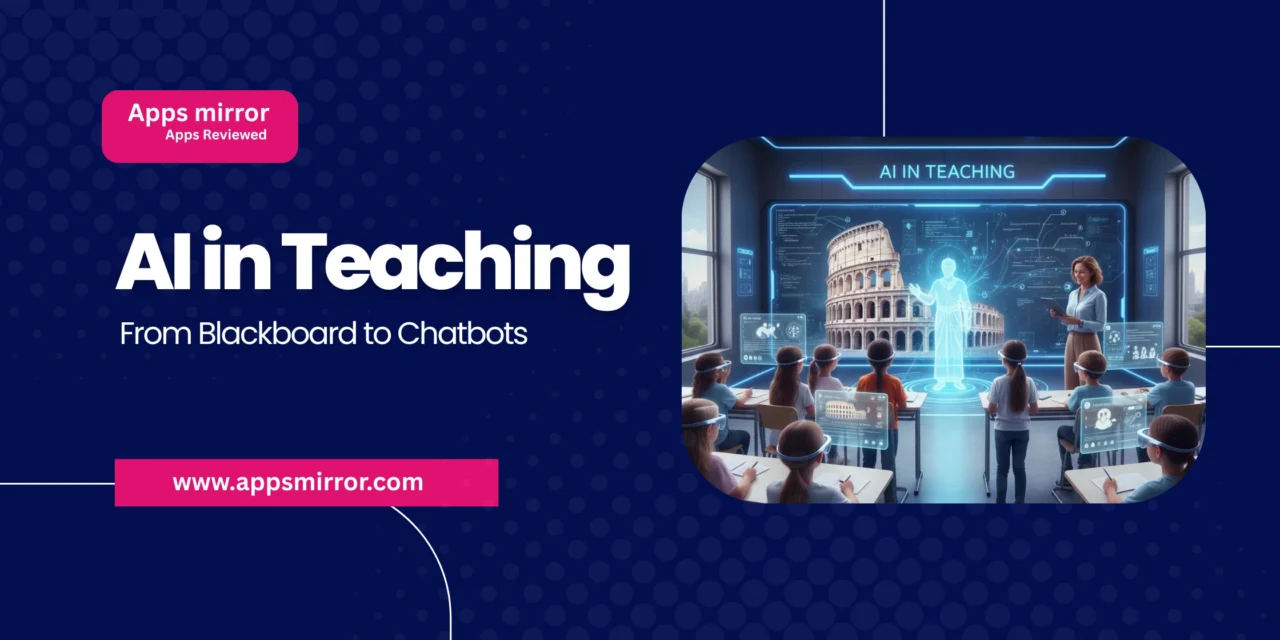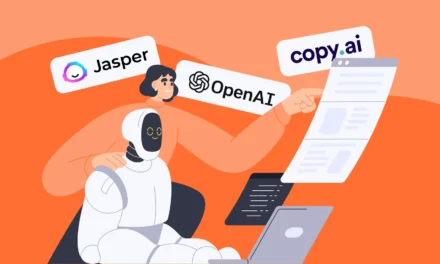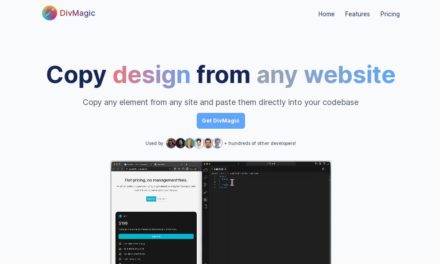The Evolution of the Classroom
For centuries, classrooms have revolved around blackboards, textbooks, and teachers at the front of the room. The digital age brought smartboards, projectors, and online courses, but artificial intelligence (AI) is pushing the boundaries even further. Instead of one-size-fits-all teaching, AI promises personalized, adaptive learning experiences where every student’s journey is unique.
The idea is simple but powerful: if Spotify can recommend songs based on your taste, why can’t AI recommend learning modules based on how you study? Education is entering a new chapter where teachers, students, and AI systems collaborate to make learning more engaging, efficient, and accessible.
Adaptive Learning Takes Center Stage
Traditional classrooms often struggle with the challenge of different learning speeds. Some students grasp concepts quickly, while others need more time, and the gap only widens as classes progress. AI helps bridge this gap through adaptive learning platforms that analyze performance in real time and adjust lessons accordingly.
Imagine a math app that notices you are struggling with fractions and instantly generates extra exercises tailored for you, while your friend who has already mastered fractions moves on to algebra. This kind of personalization ensures no student gets left behind.
Chatbots as Study Buddies
AI-powered chatbots are becoming the digital teaching assistants of the future. Instead of waiting for office hours, students can ask questions at any time and receive instant feedback. These chatbots can clarify concepts, provide practice quizzes, and even motivate students when they feel stuck.
In universities, chatbots are already being used to handle administrative queries like “When is my assignment due?” or “What time is my exam?” freeing up teachers to focus on teaching rather than paperwork. For younger students, chatbots act like patient tutors who never tire of repeating explanations until the student truly understands.
Teachers Are Still the Heart of Education
Despite the hype around AI, it is important to remember that machines cannot replace human teachers. What AI can do is handle repetitive tasks, provide data-driven insights, and give teachers more time for meaningful interaction with students.
AI can identify patterns in student performance that teachers may miss, such as early signs of learning difficulties or areas where an entire class is struggling. This creates an opportunity for teachers to step into the role of facilitators and mentors, focusing on creativity, critical thinking, and emotional support—the human aspects of education that no algorithm can replicate.
Challenges on the Horizon
Like every technological advancement, AI in teaching comes with challenges:
-
Privacy Concerns: Student data must be protected to ensure that sensitive information is not misused.
-
Bias in Algorithms: If not designed carefully, AI systems could reinforce inequalities by favoring certain groups of students.
-
Accessibility Gaps: While AI tools can enhance learning, not all schools or families can afford them, which risks widening the digital divide.
-
Over-Reliance: Students may become too dependent on AI tutors, potentially weakening problem-solving and independent thinking skills.
These challenges remind us that technology should be used as a tool, not a replacement, in the education process.
Key Players in the Field
EdTech giants like Coursera, Duolingo, Khan Academy are already integrating AI into their platforms. Duolingo uses AI to adapt language lessons to each learner’s pace. Startups like Squirrel AI in China are experimenting with AI classrooms that function almost without human teachers. Meanwhile, major universities are piloting AI tutors and grading systems to manage large student populations.
These innovations signal that AI in teaching is not just experimental—it is becoming mainstream.
What the Future Holds
In the near future, AI may enable fully personalized education paths where every student follows a unique curriculum designed by both humans and machines. Virtual classrooms powered by AI could bring together students from different countries, breaking geographical barriers.
We may also see AI evolve into teaching companions that track student progress from early childhood through higher education, providing lifelong learning support. As hardware like AR glasses and VR headsets merge with AI, lessons could become immersive experiences—imagine history classes where students walk through virtual ancient cities, guided by an AI tutor.
Technology for Good
At its core, AI in teaching should empower students and teachers alike. By reducing barriers, simplifying complex concepts, and personalizing learning, AI can make education more inclusive and impactful.
The mantra remains clear: technology should not replace the human touch but amplify it, making learning a joyful and lifelong journey.





